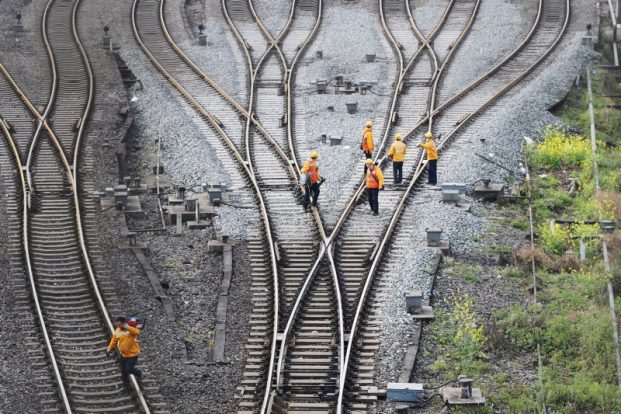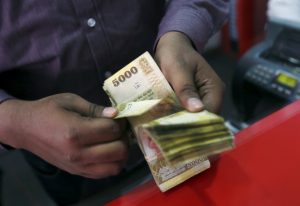Rail would beat sea transport along China’s Belt and Road Initiative (BRI) routes if the two modes of freight were to compete on an equal footing, researchers say.
A Chinese University of Hong Kong (CUHK) study found that companies that make use of the infrastructure links under BRI are likely to continue to favour transporting goods by sea – typically the cheaper option – only if shipping prices at ports remain low.
Dependent on Subsidies
Demand for faster rail transit has been largely dependent on Chinese subsidies to promote new BRI routes through Asia to Europe.
But companies are also more likely to choose rail without subsidies because high-value and time-sensitive products – such as laptop computers, mobile phones, car parts, electronic appliances and some perishable goods – are often made in inland cities like Chongqing and Chengdu.
“Not only is it cheaper for companies to set up shop in these regions, but by making use of comparatively faster rail transport links, companies can maintain a lower inventory,” the CUHK study found. “This allows them to offset the higher rail freight charges.”
The BRI, announced in 2013, represents China’s most ambitious effort yet to strengthen its physical connectivity to the world.
It comprises two major components: a land trade route known as the Silk Road Economic Belt that links China and Asia to Europe via Russia, and a sea route, the 21st Century Maritime Silk Road, from the east coast of China to Europe through the Indian and Pacific oceans.
Comparing Modes
The CUHK study, “How ‘Belt’ and ‘Road’ are Related Economically: Modelling and Policy Implications”, sought to examine how the two modes of transport affected one another, as well as how they benefited companies making use of it.
“In the past, people have tended to think of the land and sea routes under Belt and Road as being separate and independent economically, whereas in reality they are pretty much anything but,” Andrew Yuen, senior lecturer at CUHK Business School‘s Department of Decision Sciences and Managerial Economics, said.
Yuen co-led the study with CUHK colleague Cheung Wai-man, Laingo Randrianarisoa of the Kedge Business School near Bordeaux, Zhang Anming of the University of British Columbia and Yang Hangjun of the University of International Business and Economics in Beijing.
Despite the rapid improvement in rail links brought about by infrastructure spending under BRI, sea remains the predominant way that Chinese companies transport their goods across countries within the initiative.
But Yuen aid improvements to the main rail line connecting China to Eurasia has hit the bottom lines of shipping companies such as China’s COSCO in recent years.
“As China continues the rapid development of its high-speed rail network, there’s every possibility that companies will increasingly look to moving their goods by land, rather than by air or across the seas,” he added.
- George Russell
READ MORE:
China’s Wang Yi Visits Kenya to Boost BRI Deals
EU Global Gateway to Rival China’s Belt and Road Scheme
Sri Lanka Seeks Rejig of China Debt to Avoid Default
WATCH MORE:
























